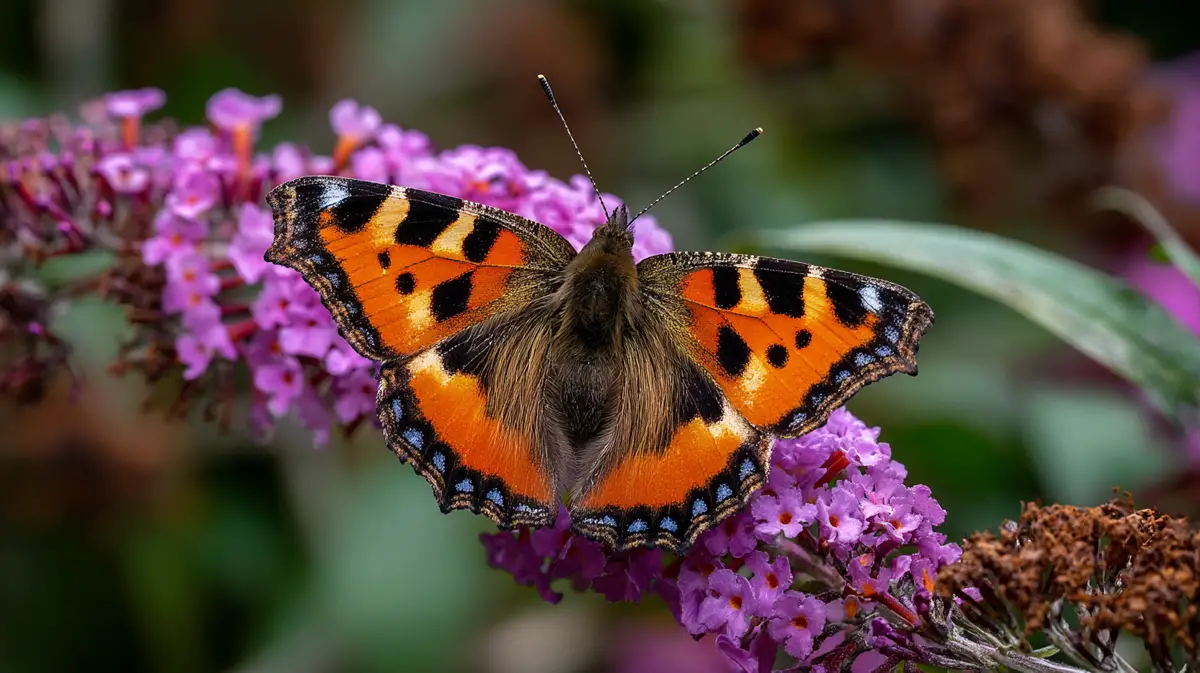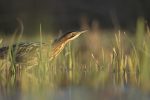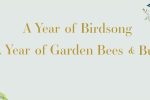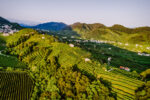Big Butterfly Count 2025: Help Save Yorkshire’s Butterflies with Just 15 Minutes Outdoors

From Ilkley Moor to the North York Moors, from Sheffield parks to Scarborough gardens – Yorkshire is home to some of the UK’s most beautiful wild spaces. But this summer, nature needs our help more than ever.
The Big Butterfly Count 2025 launches on Friday 18 July, and Butterfly Conservation is calling on people across Yorkshire and the Humber to take part in what it calls a nationwide rescue mission for the UK’s declining butterfly population.
Why It Matters to Yorkshire
The iconic Small Tortoiseshell, once a common sight in the Dales and the Wolds, is now in worrying decline. Yorkshire’s butterfly habitats – including nature reserves like Potteric Carr near Doncaster and Staveley Nature Reserve near Knaresborough – are vital for many native species. But these areas, like much of the UK, are under increasing pressure from habitat loss, pesticide use, and climate change.
Since the 1970s, around 80% of UK butterflies have declined. Yorkshire’s butterfly records are crucial for scientists tracking where these species are surviving or struggling – and your sightings can directly contribute to conservation efforts.
Take Part in Yorkshire’s Butterfly Rescue Mission
You don’t need to be a scientist – just give 15 minutes of your time. Whether you’re walking the dog in Roundhay Park, enjoying a picnic at Brimham Rocks, or pottering around your own garden in Hull or Harrogate, you can make a difference.
How to join in:
- Download the free Big Butterfly Count app or visit www.bigbutterflycount.org
- Between 18 July and 10 August, spend 15 minutes outdoors in any green space in Yorkshire
- Count and log any butterflies or day-flying moths you see
What to Look Out for in Yorkshire
Some species you might spot in Yorkshire this summer include:
- Red Admiral – often seen in city parks and gardens
- Common Blue – found on grassy paths and meadows
- Meadow Brown – widespread across the Yorkshire Dales and Pennines
- Speckled Wood – frequent in shaded woodland spots
- Gatekeeper – often spotted on bramble hedges in the countryside
Your sightings help build a real-time interactive map of butterfly distribution, viewable on the app or website.
Butterfly Conservation Speaks Out
“Butterflies are incredibly sensitive to changes in the environment, which makes them key indicators of biodiversity health,” said Dr Richard Fox, Head of Science at Butterfly Conservation. “If we lose butterflies in places like Yorkshire, we’re also losing the ecosystems they support. Taking part in the Big Butterfly Count is something anyone can do, and it genuinely helps.”
Why Butterflies Are Struggling
- Habitat destruction – urban sprawl, intensive farming, and tidied gardens are removing wild spaces
- Climate change – unpredictable weather and temperature extremes are affecting breeding patterns
- Pesticides – even “pollinator-friendly” products may harm butterflies and moths
Gardeners across Yorkshire are being encouraged to leave wild corners in their gardens, use companion planting, and avoid pesticides to make outdoor spaces more butterfly-friendly.
Make Yorkshire Count
By taking part, you’re not just counting butterflies – you’re standing up for the natural world. The Big Butterfly Count is one of the UK’s biggest citizen science projects, and every sighting logged helps scientists understand biodiversity changes – particularly in nature-rich counties like Yorkshire.
This is a chance for families, schools, community groups, and individuals across Leeds, York, Sheffield, Bradford, Wakefield, Hull and beyond to step outside and do something meaningful for the environment.
Get involved:
Visit www.bigbutterflycount.org
Take part from 18 July to 10 August 2025
Share your results and help protect Yorkshire’s butterflies for future generations










